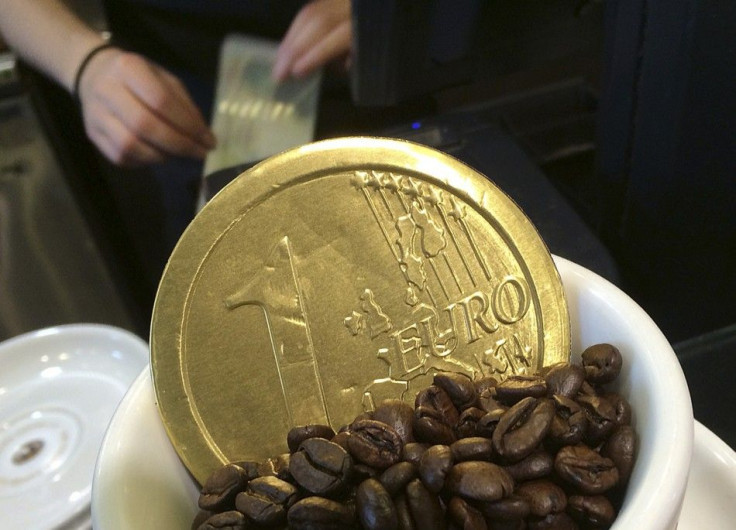This Is Why There Will Soon Be Less Chocolate In The World Than You Want

The world is poised to face a deficit in the supply of perhaps your most beloved item -- chocolate. It is the universal favourite gift that may soon be out of stock! There are two global chocolate makers -- Mars, Inc. and Barry Callebaut, who claim that the product faces a scarcity now.
That is not because chocolate has dropped out of social favour but because it's shot up the popularity charts. Even as the demand rises in China, data indicates that though the Chinese consume per capita only about 5 percent of the average West European's, the yearning is rising every year. Moreover, with the rise in demand for dark chocolate, with its flavonoid content and 70 percent of cocoa -- as compared to the 10 percent cocoa in traditional chocolate -- there seems to be a deficit in the supply, according to The Washington Post.
The consumption of cocoa was 70,000 metric tons more than its production last year. By 2020, there could be 1 million metric tons in demand, which is actually an over 14-fold increase. And by 2030, the deficit could become 2 million metric tons! The attendant rise in prices by 60 percent since 2012, along with the rise in demand, has contributed to the deficit.
The supply has been affected due to the dry weather as well as a worrying fungal disease called frosty pod in West Africa. These factors have taken their toll on the crops, mainly in Ghana and Ivory Coast, which produces more than 70 percent of the world's cocoa. The International Cocoa Organization feels that it has reduced between 30 to 40 percent of global cocoa production. Hence, farmers themselves are finding it tough to grow the crop and are shifting to profitable alternatives, such as corn.
A Bloomberg report says that from 1993 to 2007, the price of cocoa was fixed at an average of $1,465 a ton. But in the following six years, it was $2,736, which constituted an 87 per cent increase. Meanwhile, an African agricultural research group is scrounging for a solution. It is putting in efforts to develop a tree that can produce seven times the beans that a normal cocoa plant could.
However, will the yummy taste remain the same? Experts are worried that like store-bought tomatoes, oranges and apples, the taste will be compromised to make way for availability and supply. But still, never mind, you need not fret that chocolate isn't what it was. You just have to shift your taste from liking chocolate to perhaps er....loving cucumber and spinach?




















